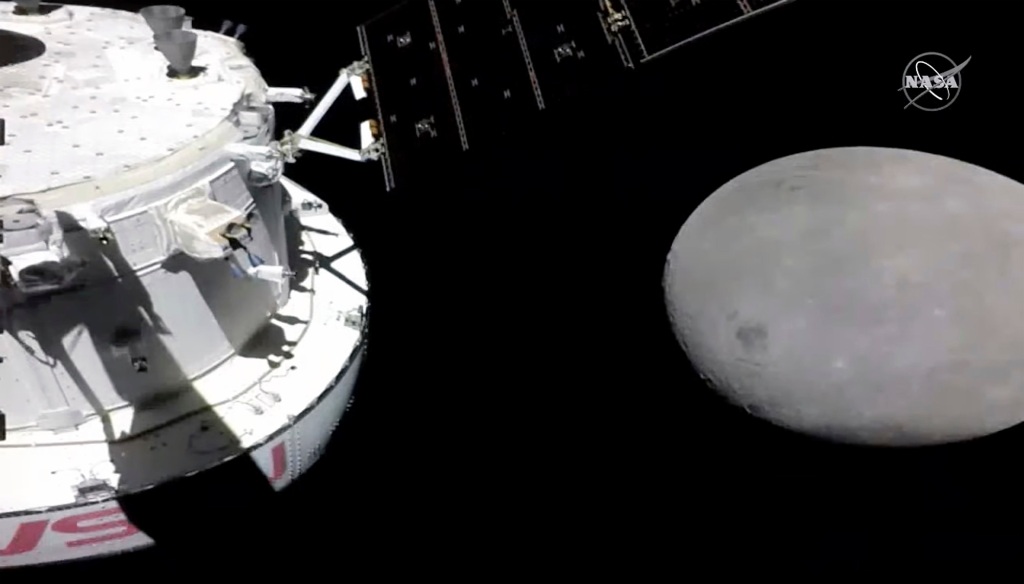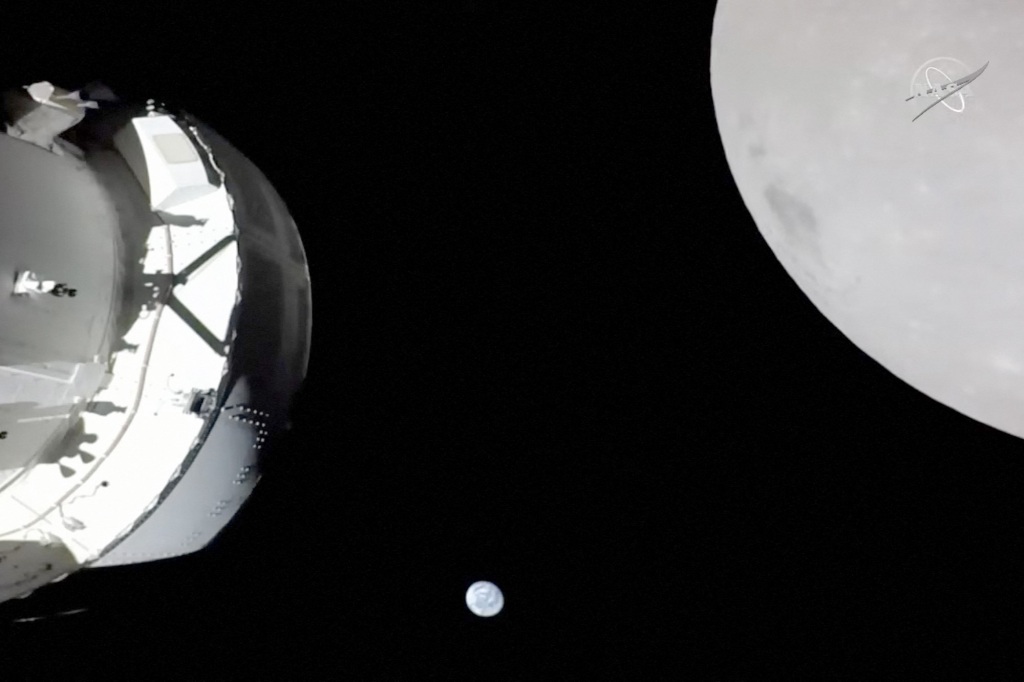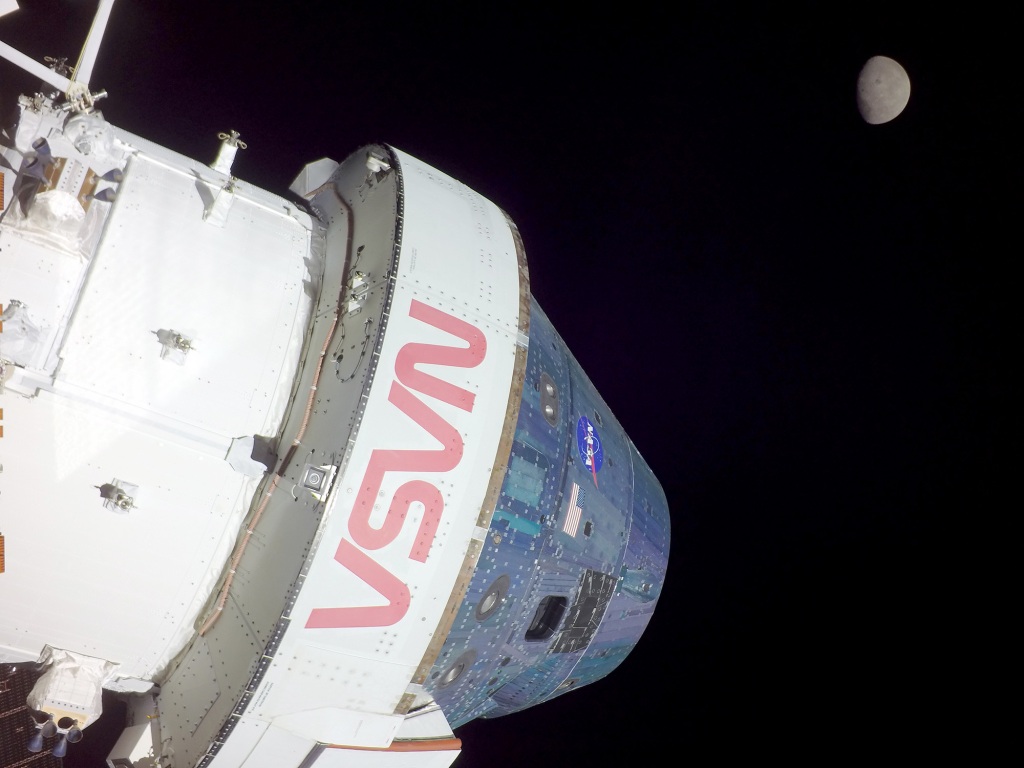NASA’s Orion spacecraft sends back live views of the moon, Earth
NASA’s Orion spacecraft made a critical outbound flyby burn to ensure it is placed into orbit around the moon on Monday and, along the way, shared incredible views of Earth and the backside of the moon.
The spacecraft launched on the Artemis 1 test flight from NASA’s Kennedy Space Center in Florida on Nov. 19, beginning a 240,000-journey to the moon.
Orion, built by Lockheed Martin for NASA, is equipped with cameras inside and outside the spacecraft. After launching on NASA’s Space Launch System rocket, Orion began sharing the views of Earth.
As Orion began its closest approach to the moon, NASA once again shared live views of the moon and Earth as seen from the spacecraft. Early Monday, Orion was more than 230,000 miles from home, quickly closing the gap to the moon. The images were provided by cameras on Orion’s solar arrays or the spacecraft’s “selfie sticks.”
At 6:44 a.m. CT, Orion’s orbital (OEMs) engines lit up for about 2 minutes to thrust the spacecraft into a distant retrograde orbit around the moon. Ahead of this burn, NASA lost signal with Orion for about 34 minutes when it reached the back side of the moon farthest from Earth.


The space agency re-acquired the spacecraft’s signal when Orion came out from behind the moon. Once again, Orion shared views of the “pale blue dot” of Earth from about 230,000 miles away.
“This is one of those days you’ve been thinking about and dreaming about for a long, long time,” NASA Flight Director Zebb Scoville said. “This morning, we just saw the Earth set behind the moon as we just brought the next human-rated vehicle behind the moon.”


At its closest approach Monday, Orion was 81 miles above the lunar surface, the closest it will get to the moon during the Artemis 1 mission.
The last time a human-rated spacecraft was this close to the moon was during the Apollo 17 mission in 1972.

If all goes well, Orion will fly more than 40,000 miles past the moon flying in orbit opposite the direction that the moon orbits Earth.
After this maneuver, Orion will enter retrograde orbit for about six days before beginning the spaceflight back to Earth.
Orion does not have a crew onboard for this maiden voyage but carries several manikins with sensors to help NASA understand what astronauts will experience on the Artemis II mission in less than two years.
Read the full article Here


